By Darren Johnson
Campus News
The advertising model gets blamed a lot for “the death of print journalism.” Mostly, how the advertisers have flocked to Craigslist, Facebook and Google.
And while this is certainly damaging, I believe some newspapers may be able to survive, if they can maintain enough editorial balance to keep readers subscribing.
The daily papers have largely failed at this balancing act. For example, regarding my district’s congressional rep, Elise Stefanik. It’s safe to say about four out of five stories in daily papers about her are negative. It’s because local daily newspaper editors liken themselves “national” journalists – dating back to the last century, when regional daily papers really were national in importance – and, sure, Stefanik takes a lot of gambles at the national level.
Stefanik won’t talk to the daily papers in the region, but will deal with my other paper (Upstate New York’s Journal & Press, based in Greenwich, Washington County) and some other weekly papers. It’s not that we’re a mouthpiece for one party or the next – though we get accused by extreme partisans from each side of some bias (maybe they should look within?) – but we are humble and know that we’re just a local paper and really nothing more.
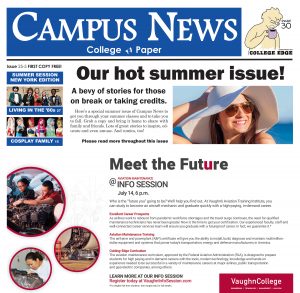
Stefanik has two PR people: One sends us “national” press releases that are usually inflammatory in nature; the other sends out “local” press releases about, say, funding she secured for building a local bridge or college expansion. The “local” set of press releases often are notable, and that’s the realm of a paper like the Journal & Press. It’s not that we’re ignoring, say, her stance on Jan. 6, but that there are myriad other outlets that discuss such matters.
We’ve seen in some recent local elections the side that had planks that were more national in nature lost.
Also, though, people don’t want a “good news”-only newspaper. Free papers have taken that market, but people aren’t going to pay $2 for just a bunch of cleaned up press releases.
The challenge is to present stories that raise issues, but don’t take sides. And certainly not to be infected by the Facebook/Twitter/Fox News/CNN (FTFNC) disease of looking at everything from a talking-head perspective.
A paper should record our history, today, and let the people of tomorrow decide if we were right or wrong; though the paper itself should not be on the wrong side of history.
As a once pro-Union, Suffrage-sympathetic newspaper, the Journal & Press was on the right side of history; albeit moderate and tempered, gently nudging us forward. We can only try our best to maintain that same sense of care and concern for the community.
The Gubernatorial Primary
A current and rude social norm some people infected with FTFNC have is to call anyone who isn’t equally as extreme “biased.” I get accused of being ideological at times, when, in fact, I’ve outgrown ideology and try to judge everything on a case-by-case basis.
In fact, now some FTFNC people claim my town, Greenwich, NY, itself has gone “liberal,” but the fact of the matter is Trump and Stefanik polled victorious here – quite handily – so maybe if less polished right-leaning candidates are having trouble winning here, it’s not the newspaper or the electorate’s fault, but maybe it’s the messaging and the quality of the advertising. Again, don’t point and wag fingers, but look within.
It’s kind of a shame what happened with the primaries. For reasons that are probably more political than helpful, the primary for Governor is Tuesday, June 28, from 6 a.m. to 9 p.m. (only Democrats and Republicans can vote in the primary; early vote June 18 through June 26 at your BOE or show up at your usual polling place on the 28th), but the state senate and congressional primaries aren’t until Aug. 23. The latter was moved because it took committees and courts to determine the new lines for the districts, considering the state’s supposed population decline and loss of a congressional seat.
New York barely came under the population quota, after a census that took place during Covid’s peak, and the population was likely well undercounted. In essence, if New York, a solidly blue state, loses a seat, another state that’s less solidly blue can gain a blue seat, making it bluer.
Politicos operate at a very high level, and you should realize many journalists do know what’s going on, and they are not a part of the problem but instead have institutional knowledge from years of covering these politicos and the deals they make.
For example, I have dealt with some of these gubernatorial candidates over the years.
On the Dem side: Tom Suozzi, running as a moderate, tough-on-crime Democrat, was the biggest political name on populous Long Island earlier this century, where he was Nassau County Executive; subsequent administrations down there have been busted up by the feds for corruption – Long Island politics is a bloodsport – and for awhile, he had a Kennedy-esque aura and the appeal of a slick machine candidate. This gubernatorial run is probably his last statewide hurrah, and he’d be interesting if elected.
Kathy Hochul, who had been in the rather meaningless role of Lt. Governor, got the top job after the dictatorial and frankly mean-spirited Andrew Cuomo had to step down after sexual misconduct allegations. Now she is hoping to be officially elected governor. She seems to be a consensus builder and is the favorite among party leaders and unions, and thus the favorite in a primary.
Jumaane Williams, New York City’s Public Advocate since 2019, has that aura of a strong statewide candidate, and probably will be in the future, but primary voters will likely hold his lack of administrative experience against him.
On the GOP side: Lee Zeldin is a military veteran and now a political veteran who has won state senate and congressional seats from Eastern Long Island. He’s a straightforward campaigner and rather even-keeled. He normally has a good integrity factor; however, he did vote against certifying the 2020 presidential election. In this state, that would be hard to overcome in the general election, considering NYC’s left lean.
Harry Wilson is a rich guy who is investing millions of his own dollars into the race. His ads, while not exciting, are everywhere. He might be an interesting choice for statewide election in November, if, for the general election, he could take on a moderate, no-nonsense stance.
I haven’t seen any ads for GOP candidates Andrew Giuliani, son of former NYC mayor Rudy, who seems too right wing to win the general in this particular state, but I know some GOPers who say he has a shot and would be a good fundraiser; and Rob Astorino, the former Westchester executive whose career trajectory has been similar to Suozzi’s; an experienced high-level administrator, but, with such a political tenure, comes some baggage, as well.
When I don’t see ads from candidates, I wonder if they are viable or merely running for other reasons. So, in the cases of Williams, Giuliani and Astorino, whose ads I haven’t encountered, I wonder if a vote for them would be “wasted.”
Not that it matters, as I can’t vote in the primary anyway, not belonging to a political party. But, if you are, you definitely should. Primaries in this state are often more conclusive, and easier to influence with a single vote, than the general election.
Darren Johnson can be reached at editor@cccn.us.



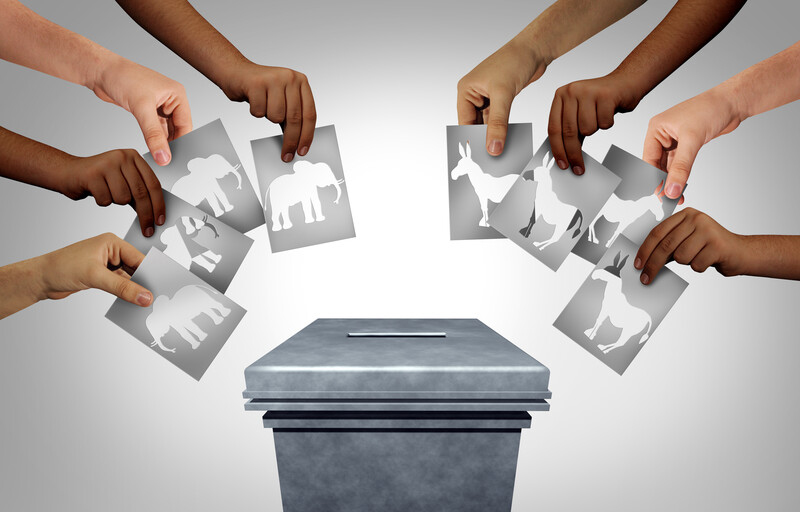
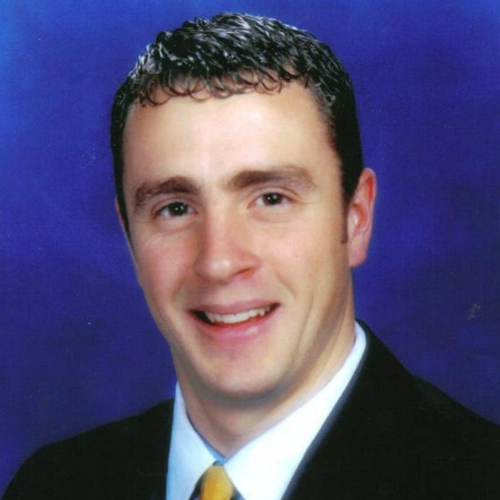
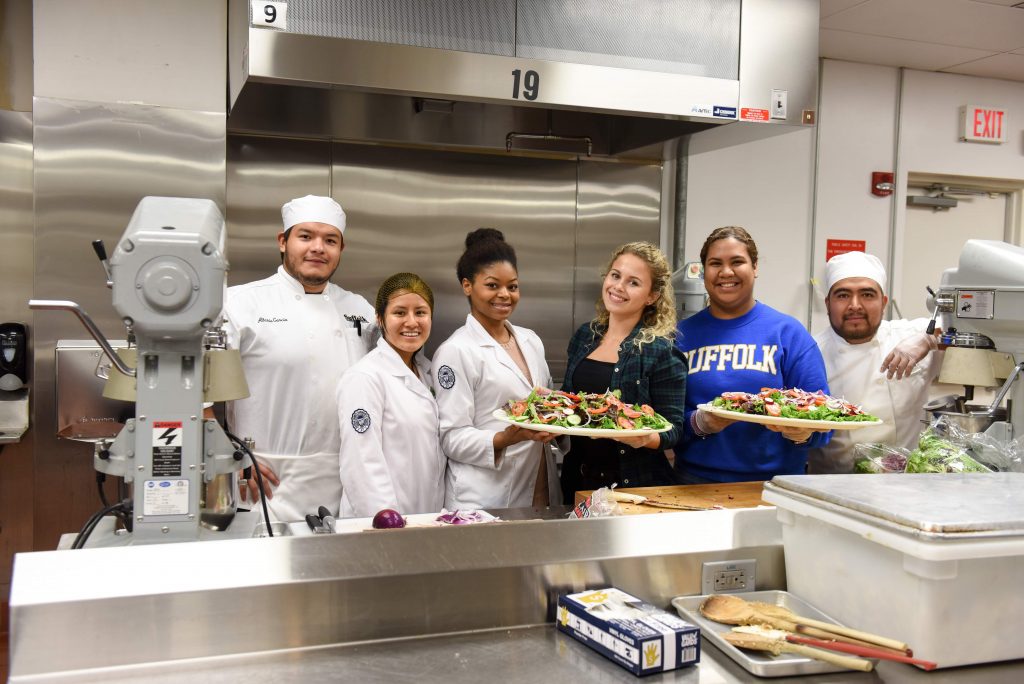

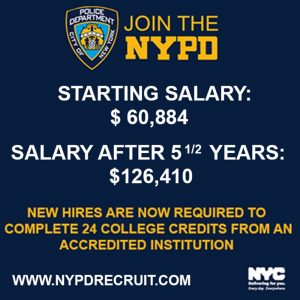
Facebook Comments